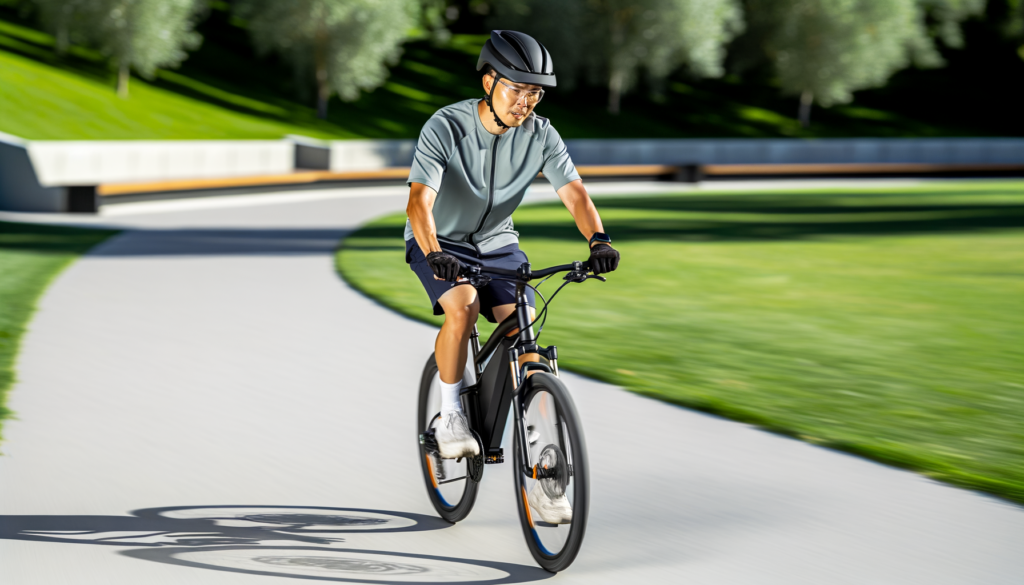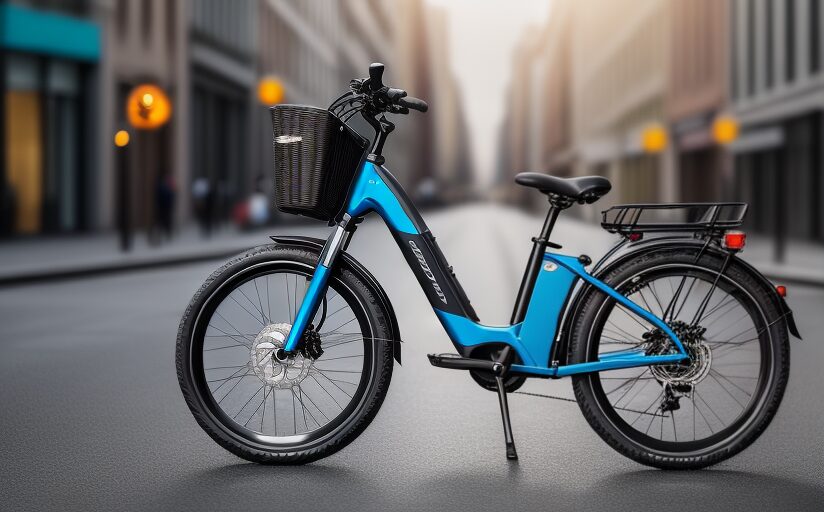Riding an E-Bike? A Standard Helmet Might Not Cut It. Here’s Why

Riding electric bikes, even on paved paths, poses risks that necessitate specialized protective gear. Recognizing the higher crash speeds of e-bikes, Dutch experts developed the NTA 8776 certification for helmets designed to withstand impacts at up to 27.9 miles per hour, providing extra shock absorption and coverage for the head. These helmets are now appearing in the U.S. market, with prices comparable to traditional high-end bike helmets and features such as integrated eye shields, turn signals, and app compatibility.
Despite the availability of e-bike-specific helmets, U.S. federal regulations do not yet differentiate between e-bike and traditional bike helmets, with the CPSC standard being the main benchmark. However, the Bicycle Helmet Safety Institute advises using NTA 8776-approved helmets for e-bikes due to the higher speeds involved. It’s important to note the distinction between various e-bike categories, with different power outputs and top speeds, and to choose a helmet that provides adequate protection for the specific type of e-bike being used. For instance, some higher-powered e-bikes may require helmets that meet motorcycle standards set by the U.S. Department of Transportation.
While other helmet standards exist, such as the ASTM International’s F1952 standard for downhill mountain biking, they may not be appropriate for e-bike use due to differing crash forces. The NTA 8776 standard is currently the highest available for e-bike helmets and is recognized in both the U.S. and the Netherlands. Ultimately, investing in a quality helmet that fits well is crucial, as it can be more cost-effective than medical expenses resulting from a head injury.
Details: here

